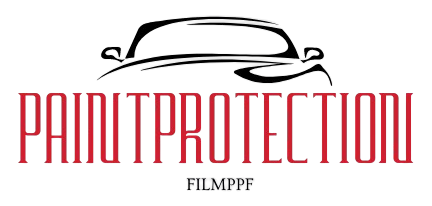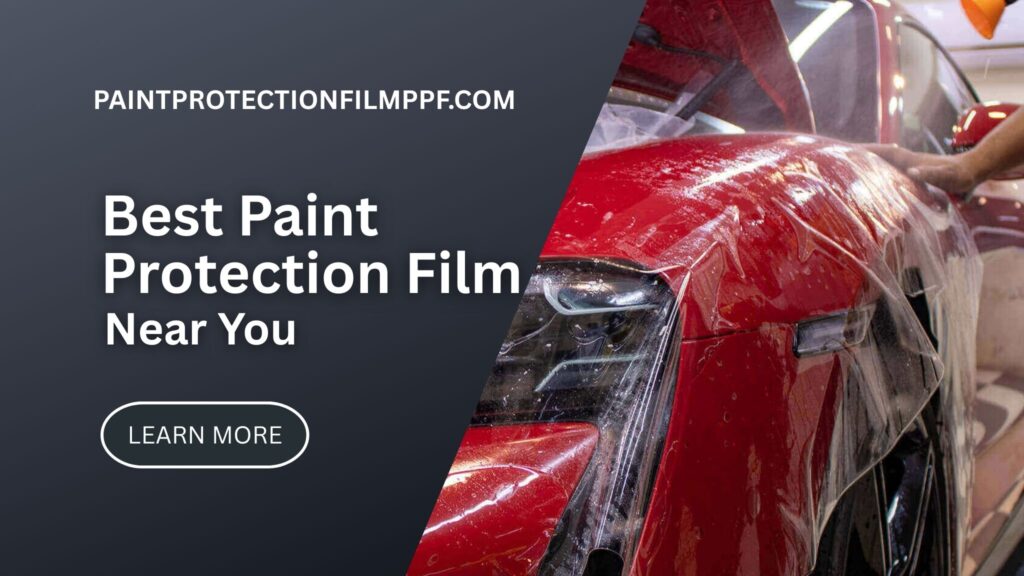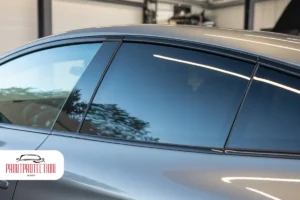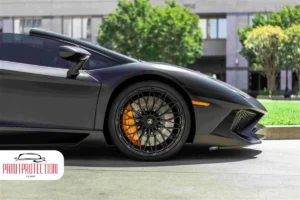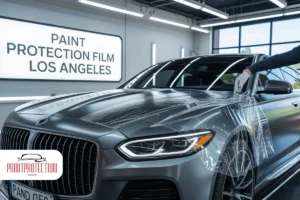You’re not alone if you’ve ever typed “paint protection film installers near me” into Google. In today’s world, where our cars face sun, sand, stones, and street grime daily, protecting your vehicle’s finish isn’t a luxury; it’s smart car care. And here in the USA, where climate conditions range from Florida’s scorching sun to Michigan’s winter salt, Paint Protection Film (PPF) is one of the best tools you can use to keep your car looking new. But here’s the thing: Not all installers are created equal, and a poor installation can cost you more than it protects.
Table of Contents
So, how do you find a reliable PPF installer near you? And what should you expect when you get it done? Let’s dig into that.
Why PPF is More Than Just a Trend
Paint Protection Film isn’t something new, but the technology has come a long way. Top brands like XPEL, 3M, and SunTek have turned thin transparent film into high-performance armor for your vehicle’s paint.
Whether you own a new Tesla, a classic Mustang, or a daily driver SUV, PPF does three major things:
- Shield your paint from rock chips, scratches, and bug acid
- Blocks UV rays to prevent color fading
- Self-heals from minor swirls and scratches with heat
Most people don’t realize how much damage happens even in regular daily driving — highway debris, parking lot door dings, and even automated car washes leave micro-scratches. paint protection film installers near me solves all of that.
What Makes a Good PPF Installer “Near You”?
When you search “paint protection film installers near me,” you’re likely to find a list of shops. But how do you know whom to trust? Here’s what to look for:
Are they certified? Reputable installers are trained by the film brand itself — for example, XPEL-certified shops follow strict install procedures.
Do they use software-cut templates? If they’re cutting film directly on your car — that’s a red flag.
What does their portfolio look like? Ask to see previous cars they’ve worked on. A good installer is proud to show off their work.
What warranty do they offer? Most premium films come with 7–10 year warranties — the shop should stand behind their install too.
If an installer says “we’ve been doing it this way for years” but won’t show examples, be cautious. Technology has evolved, and experience matters — but so does staying up to date.

Want a Trusted Recommendation?
At PaintProtectionFilmPPF, we make it easier for you to find certified, local paint protection film installers near me professionals in your area — whether you’re in Texas, California, or anywhere in between. Our mission is simple: connect you with shops that know what they’re doing, and use only the best materials for long-lasting results.
From basic front-end protection to full car wraps, our partners are vetted and ready to deliver showroom-quality installs.
Real Talk: Is PPF Worth the Cost?
Honestly, yes — especially in the U.S., where weather and road conditions can be brutal. While costs vary (typically between $800–$2,500 depending on coverage), it’s far cheaper than repainting your car or losing resale value.
What to Expect from Paint Protection Film Installers Near You
So you’ve found some trusted results after searching “paint protection film installers near me” — now what?
Before you book an appointment, it’s important to understand what the installation involves, how to maintain your PPF, and how it stacks up against other options like ceramic coating.
This guide breaks it down so you know exactly what to expect when protecting your vehicle.
What Happens During a PPF Installation?
Here’s how a professional installer in the USA typically handles your car:
- Vehicle Prep: First, they thoroughly wash and decontaminate your vehicle. This ensures no dirt or dust gets trapped beneath the film.
- Paint Correction (optional): If your car has swirl marks or scratches, many shops offer paint correction before applying the film for a flawless finish.
- Software-based Cutting: A high-quality shop uses software templates (like XPEL DAP) to cut the film precisely — no blades touch your car.
- Film Application: The installer applies the film panel-by-panel using a slip solution, removing air bubbles as they go.
- Curing & Inspection: After application, the film cures for 24–48 hours. Your installer may keep the vehicle overnight to ensure perfect adhesion.
Time required: A full-body paint protection film installers near me wrap usually takes 2–3 days. Partial coverage (like just the hood and fenders) may take a day.
How to Take Care of PPF After Installation
Once installed, paint protection film is low-maintenance, but a few care tips go a long way:
- Wait at least 48 hours before washing your car
- Avoid pressure washers directly on the film edges
- Don’t park under trees — sap and bird droppings can still stain if left too long
- Use paint protection film installers near me-safe shampoos and XPEL maintenance sprays for long-term gloss
Good news: You can still apply ceramic coating on top of PPF if you want that extra slick feel and hydrophobic protection.
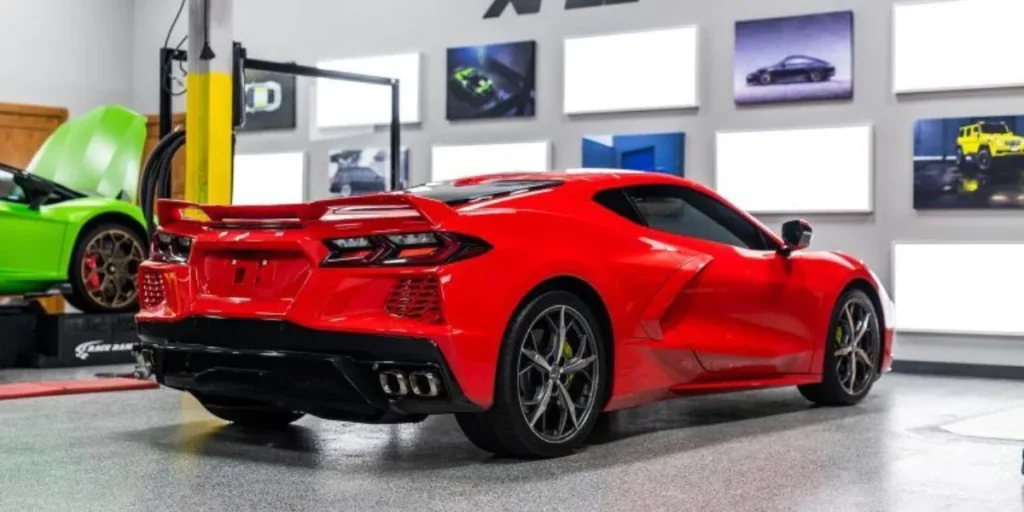
PPF vs Ceramic Coating — Which is Better?
While both offer protection, they serve different purposes:
| Feature | Paint Protection Film | Ceramic Coating |
| Chip Protection | ✅ Yes | ❌ No |
| UV & Stain Protection | ✅ Yes | ✅ Yes |
| Self-healing | ✅ Yes | ❌ No |
| Gloss Enhancement | ✅/Optional Finish | ✅ Yes |
| Price Range | Higher | Lower |
Bottom line: If you care about preventing physical damage, PPF is your best bet. For easy cleaning and gloss, ceramic coatings are great, and both can be combined for ultimate protection.
Ready to Protect Your Vehicle?
Choosing the right installer is key if you’re serious about preserving your car’s value and appearance. At PaintProtectionFilmPPF, we help you connect with certified, trusted paint protection film installers in your area. Whether you’re in California, Florida, New York, or any other part of the U.S., paint protection film installers near me our network ensures top-quality service with premium films like XPEL Ultimate Plus.
